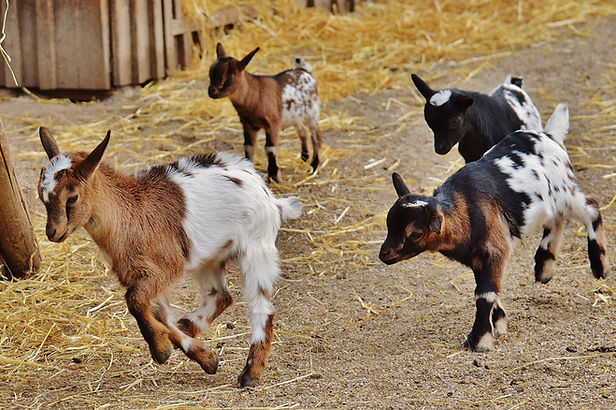Mannheimia Haemolytica: A threat to Livestock Respiratory Health
Pneumonia, a respiratory ailment with multiple causative factors such as bacteria or fungi, is a prevalent concern in livestock. Among these, Mannheimia Haemolytica stands out as a common bacterial agent responsible for pneumonia in animals.
Symptoms:
Pneumonia manifests in animals through various symptoms, including:
1. Coughing: Persistent, dry cough in affected animals.
2. Rapid or Labored Breathing: Increased breathing rate or difficulty breathing, particularly observed in infected goats.
3. Nasal Discharge: Presence of thick or discolored nasal discharge.
4. Loss of Appetite: Animals may exhibit decreased appetite or reluctance to eat.
5. Fever: Elevation in body temperature.
6. Lethargy: Infected animals appear weak, tired, or less active than usual.
Prompt Veterinary Attention:
If pneumonia is suspected in livestock, immediate veterinary attention is imperative.
A thorough examination, possibly including diagnostic tests like physical examinations and blood tests, will be conducted by the veterinarian to identify the cause and severity of the pneumonia. Treatment options may involve antibiotics, supportive care, and addressing underlying factors contributing to the condition.
Prevention Strategies:
Effective prevention of pneumonia in animals hinges on sound herd management practices:
1. Proper Ventilation: Ensure good airflow within living spaces.
2. Clean and Dry Conditions: Maintain hygienic living conditions to minimize infection risks.
3. Stress Reduction: Minimize stressors to enhance overall animal well-being.
4. Vaccination: Veterinarians may recommend vaccinations against common respiratory pathogens.
For accurate diagnosis, treatment, and prevention of pneumonia in animals, consulting with a specialized veterinarian is paramount. Early intervention and adherence to preventive measures contribute significantly to the overall respiratory health of livestock.

Related Links:
